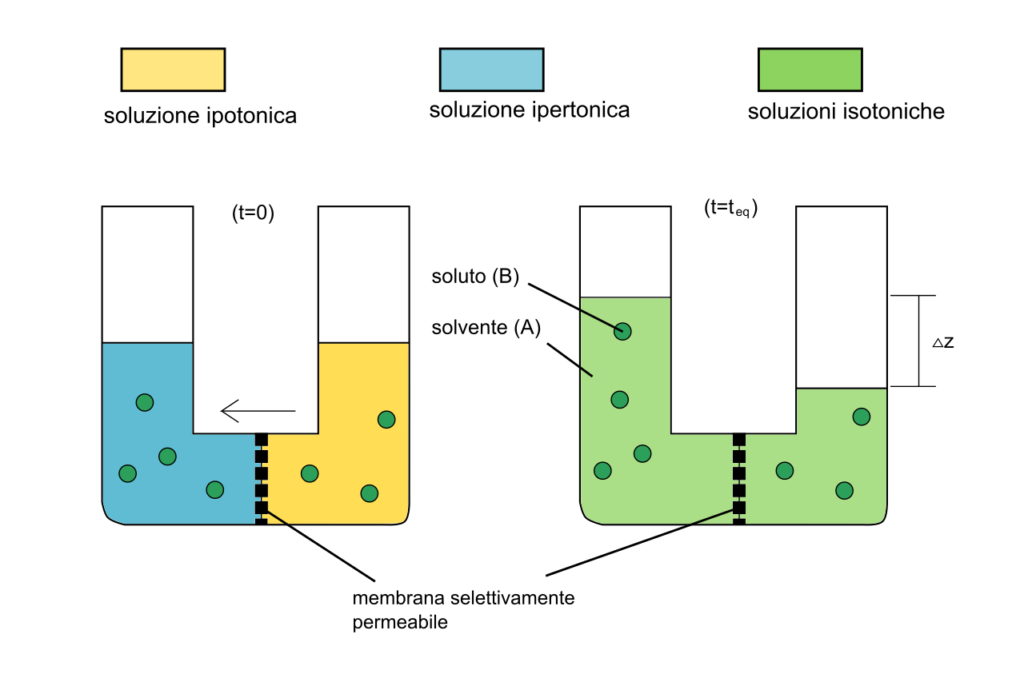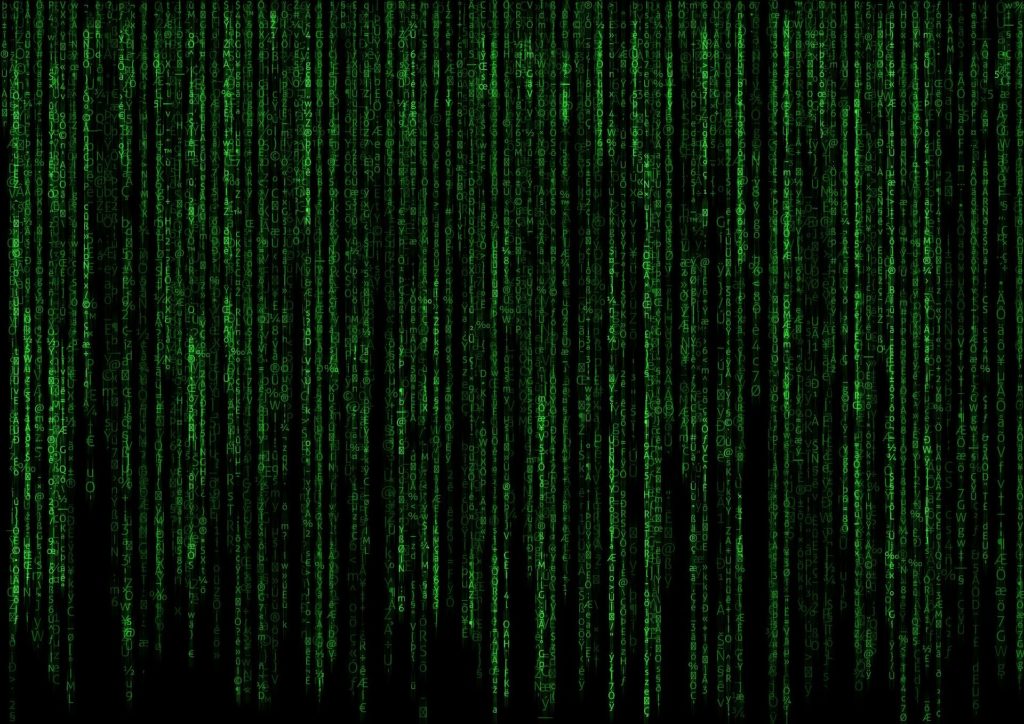Amelia the Amoeba is the protagonist of a chapter of my book " Before the Collapse " (Springer 2019). She is a Naegleria Fowleri who has the rather nasty habit of devouring human brains but, apart from this, she kindly lent herself to be an example in the book of the mechanisms of growth of living creatures. In the following post, Alessandro Chiometti again uses the example of single-celled creatures for an interesting discussion on how our brains are destroyed, not by a brain-eating amoeba, but by an excess of available information. As a post, goes a little against the principles of modern "throwaway information",
in the sense that rather than starting with trying to impress you with some flashy information, it gives you a little lesson in chemistry. But if you feel like working on it just a little, you'll see that it is a very interesting and thought-provoking post. It suggests that too much information is doing to us the same thing that too much sugar could do to Amelia: it kills our brains. And you'll learn some chemistry, too! (UB)
By Alessandro Chiometti
We are used to call "sugar" a substance that is actually sucrose, one of the many existing "sugars" which are referred to in organic chemistry as carbohydrates. These compounds can be formed by a single molecule of any sugar (monosaccharides) or by several molecules (polysaccharides). Sucrose is a disaccharide formed by the union of the two monosaccharides, glucose and fructose.
Although these two molecules have the same brute formula (C6H12O6), they are very different: glucose forms a six-atom ring while fructose forms a five-atom one but, above all, it is glucose that is the primary source of energy for every living being.

The role of glucose in the various aerobic and anaerobic cycles is fundamental for the production of the molecule that carries energy in the cell (ATP) and therefore for any cellular engine that requires energy. All the nutrients we consume throughout our lives are transformed by the body into glucose or stored as precursors of this in various forms (e.g.
glycogen), ready for use.
In
short, it can be said that glucose, and therefore its various
precursors present in nature, is what allows “life” as we know it, in
the sense of mobility, movement, sport, physical and intellectual
effort, growth. It is
certainly no coincidence that when you want to cultivate a bacterial
culture with a suitable growth medium, the sugar supply must always be
guaranteed. Like us, bacteria and other microorganisms grow and multiply thanks to glucose and therefore to sugar, of course.
However, have you ever noticed that we can keep sucrose for decades at room temperature and nothing happens to it?
It
does not go bad, molds do not grow and, if greedy children or ants
do not get their hands on it, even after years we find it exactly where
we left it. And we can consume it safely without fear that some bacteria
have grown in it.
This is because microorganisms are very sensitive to what we call "osmotic pressure," and for this reason when they are in contact with pure sugar or salt crystals, or being in a too concentrated solution of these, they simply die. Instantly.
The cell of a microorganism is held together by the cell membrane which is called a "semipermeable membrane." It is a barrier that, when surrounded by a liquid phase, lets the solvent in but not the solutes dissolved in it. In an aqueous solution, in practice, water would pass through this membrane but not the salt dissolved in it.
But what happens when a semipermeable membrane separates two solutions of different solute concentrations? In this case, the solvent (water in general) passes through it from the most diluted part to the most concentrated part (thanks to the strength of the osmotic pressure). The result is that the two concentrations will be equalized until they are identical.

If we are talking about a closed system like a cell it is obvious that just so much water can be contained in it. The result of a strong osmotic pressure may be that the cell will explode from inside or, vice versa, it will dry out into a ghost of itself in the desperate attempt to dilute the external concentration. That will happen to all living cells.
I know that this was a very long introduction but, it was necessary to attempt the risky speculative reasoning on what is happening in our society as regards the possibility of accessing information.
The more time passes, the more it seems evident to me that the enormous amount of knowledge that we have at our disposal has in no way increased the knowledge of people or their ability to draw conclusions. following these. Rather the opposite.
Apart from the tsunami of fake news and orchestrated disinformation, all of us today have access to an amount of data and information that was unthinkable until a few decades ago. We can access the NASA website to find out how the permafrost melting is going in real time, we can access the John Hopkins University to know every death and every contagion due to Covid on planet earth, we can see the measures taken by each country and understand who has guessed or not the management of the pandemic, we can access the sites of evolutionary biology and know the progress of the sixth mass extinction.
Yet, there is something that's going wrong. Functional illiteracy is skyrocketing. We do not know how to distinguish between an astronomy site and an astrology site. In front of a three-variable graph, we have the same attitude of the Kubrik's apes in front of the black monolith.
Many people find it increasingly difficult to complete the reading of an article that fits on a single A4 page. (By the way, are you still reading?)
And many of them, even if they read it, remain convinced that the article proves them right even if it says the opposite of what they claimed.

Where's the problem? Where is the osmotic paradox that can justify this?
I am trying to find a correlation here (warning: speculation on reasoning already speculative per se
) by comparing the information paradox with the "sugar paradox." It seems to me that the more information comes into contact with our minds, the more Holbachian common sense comes out of our heads. It should be obvious that common sense is not learned in books. Once, we had enough of it to distinguish a charlatan from a scientist. Not anymore.
Now, let me be clear: I know very well that there has never been a golden age of information, and that there have always been profiteers of people's good faith (the “Ponzi scheme” was born in 1918, not the day before yesterday). Nevertheless, perhaps we have been suffering positivist optimism. We thought that more information was always a good thing, just like a bacterium may think that the more sugar around, the better. We really hoped that having the possibility of accessing so much information, people would have been if not better, at least more aware.
But not for me, as George Gershwin said (*).
Patience, it will be for the next species.
(*) In the original version, Chiometti referred to the Italian singer Brunori Sas

